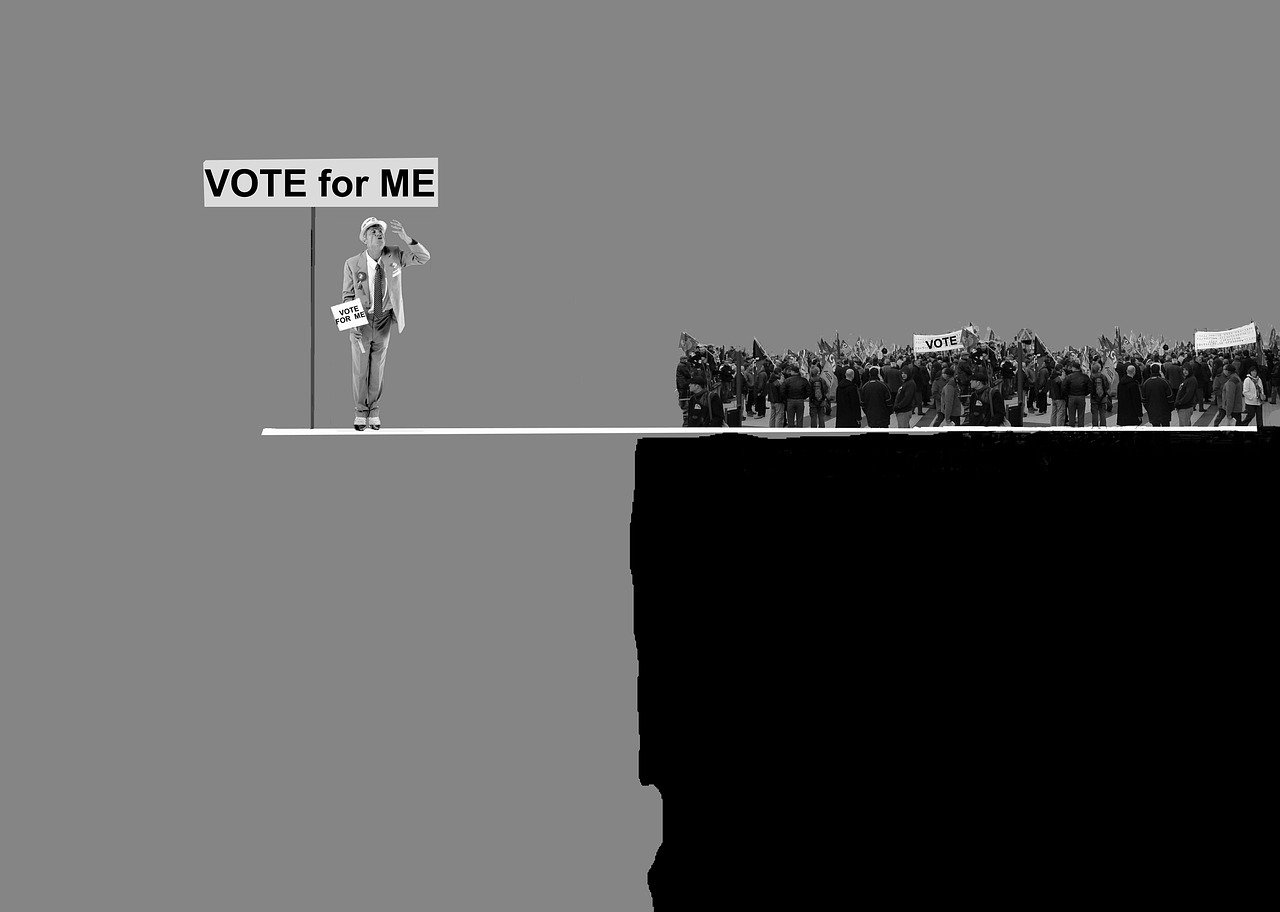The Global Landscape of Elections & Comparative Systems
Betway, Play99exch:
Majoritarian electoral systems are designed to ensure that the winning candidate must secure an absolute majority of votes. In these systems, such as First Past the Post, the candidate with the most votes in each constituency wins the election, promoting candidates from larger parties.
On the other hand, proportional representation electoral systems aim to allocate seats in proportion to the number of votes each party receives overall. This allows for a more diverse representation of political parties in the legislature, as smaller parties are more likely to win seats based on their share of the vote.
Majoritarian vs. Proportional Representation Systems
Majoritarian systems, such as First-Past-The-Post, tend to favor larger parties by awarding seats to the candidate with the most votes in individual constituencies. This system often leads to a two-party or two-camp landscape, marginalizing smaller parties and independent candidates who may have significant support but are unable to secure a plurality in any single district.
In contrast, Proportional Representation systems ensure that political parties receive a share of seats in line with their overall vote share. This can lead to more diverse representation in parliaments or legislatures, with smaller parties being able to garner seats and have their voices heard. However, this system can sometimes result in coalition governments, fostering compromise and cooperation among multiple political factions.
Impact of Electoral Systems on Political Parties
Electoral systems play a crucial role in shaping the dynamics and behavior of political parties. In majoritarian systems like First Past the Post, parties are incentivized to concentrate their resources on competitive districts to secure a plurality of votes. This often leads to a two-party system, where smaller parties struggle to gain representation, resulting in a more polarized political landscape.
On the other hand, proportional representation systems, such as Mixed-Member Proportional or Single Transferable Vote, allow for a more diverse range of parties to enter the political arena. This can foster coalition governments and encourage collaboration among different parties to form majority alliances. Proportional systems also tend to promote a more fragmented political landscape, giving a voice to minority viewpoints and promoting compromise and consensus-building among parties.
• In majoritarian systems like First Past the Post, parties focus on competitive districts
• Two-party system often emerges, limiting representation for smaller parties
• Proportional representation systems allow for a diverse range of parties to enter politics
• Coalition governments are more common in proportional systems
• Fragmented political landscape in proportional systems gives voice to minority viewpoints
What are the key types of electoral systems?
The key types of electoral systems include majoritarian systems and proportional representation systems.
What is the difference between majoritarian and proportional representation systems?
Majoritarian systems typically favor larger parties and often result in a two-party system, while proportional representation systems allow for more diverse representation and smaller parties to have a voice.
How do electoral systems impact political parties?
Electoral systems can impact political parties by affecting their chances of winning seats in elections, the level of representation they receive, and the types of coalitions they must form in order to govern.







